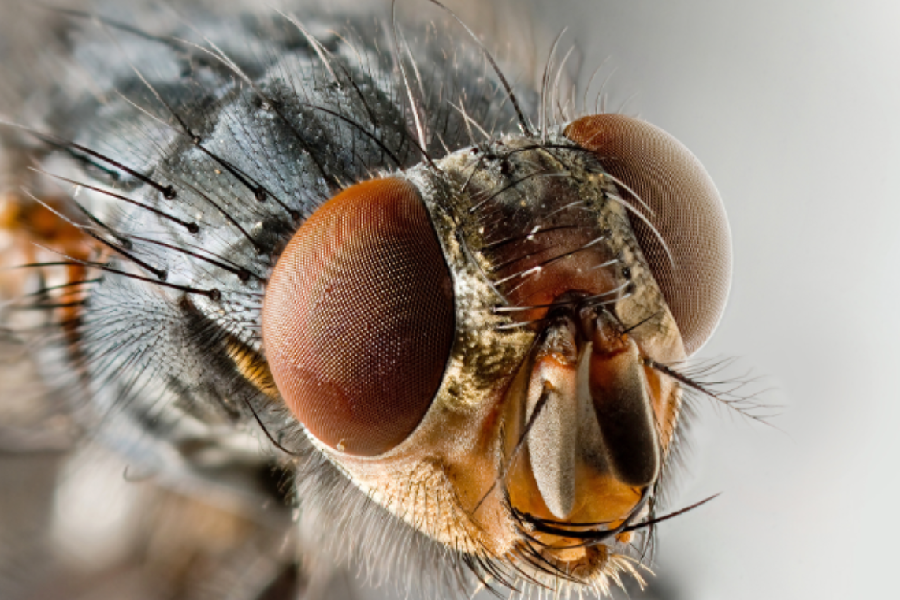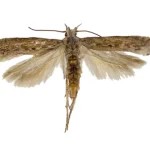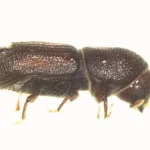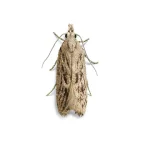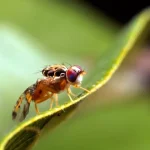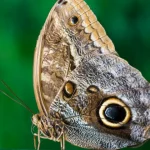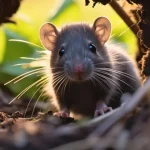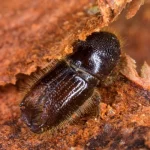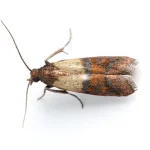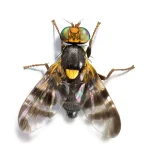Housefly (Musca domestica) is a species of fly from the Muscidae family. This species constitutes almost all the flies in residential areas. These insects are spread all over the world. They live in all climates, whether hot or cold.
Housefly feed on food and garbage residues. They are known as a species that invades places where people live intensively. These insects carry various diseases on their bodies. They cause diseases such as cholera, dysentery, diarrhea, and hepatitis.
Housefly Trap
The housefly is the only insect among flying species that has a balance organ called a haltere. This perfectly flying insect is called an “air acrobat.” This fly species reaches adulthood within seven days. The average lifespan ranges between two to three weeks.
This species expends a lot of energy while flying, causing significant drops in their sugar levels. The alert systems convey this vital situation to the brain. The olfactory receptors activate and detect food odors. The food chain of this flying species consists of food and garbage.
This insect species causes the transmission and spread of diseases. It has the potential to carry and spread over 100 diseases, including cholera, dysentery, tuberculosis, food poisoning, and diarrhea. Therefore, it is important to combat this species.
There are some trap methods used for catching flies. These methods are:
- Sticky traps: These traps have a sticky surface. They ensure that flies stick to the surface and are eliminated.
- Light traps: This type of trap uses the fly’s attraction to light. It attracts and captures flies using UV lights.
- Pheromone traps: Pheromone traps are known for using the scent secretion of female flies. Flies are attracted and eliminated using chemical pheromones.
- Cage traps: Cage traps work by having this fly species enter the cage and be eliminated.
- Homemade traps: These are traps made with simple materials that can be prepared at home.
It is not possible to completely eliminate this fly species. Controlling the population is sufficient. Therefore, there is no need to use chemical products in the fight against this species.
How to Make a Housefly Trap
The housefly trap used in combating this living species is one of the most effective methods. It is used to control the fly population. These traps are simple traps that are easy to prepare at home.
Sticky traps are hung in a noticeable area where flies are dense. The trap surface is checked at regular intervals and replaced when full.
Light traps are usually placed in closed areas, in dark and fly-dense places. They are set up near an electricity source. Bulbs are replaced when necessary, and regular checks are required.
When preparing pheromone traps, the pheromone substance is placed inside the trap. Regular checks are required, and the pheromone substance is renewed if necessary.
In cage traps, sugar water or spoiled food is placed inside the trap. The insect is made to enter the cage. Regular checks are required, and the trap is replaced when full.
Homemade traps can be of various types. There are many types of traps that can be easily prepared at home. Some of these are:
Sugar water trap:
Sugar water attracts flies to the trap. A plastic bottle is needed to set up this trap. The top part of the bottle is cut off and placed upside down on the bottom part.
Water, sugar, and a few drops of vinegar are added inside the bottle. The top part is inverted and attached to the bottom part. It is placed in an area where flies are dense.
Vinegar and dish soap trap:
Vinegar is poured into a bowl, and dish soap is added. It is placed in an area where insects are dense. Vinegar attracts flies, and dish soap causes them to sink into the surface.
Fruit trap:
Rotten fruits are placed in a jar. It is covered with plastic film, and small holes are made. Insects are drawn into the jar and eliminated.
The most effective way to combat this insect species is to eliminate breeding and feeding sites.
For information on effective methods to combat this fly species, you can contact Kapar Organic.

